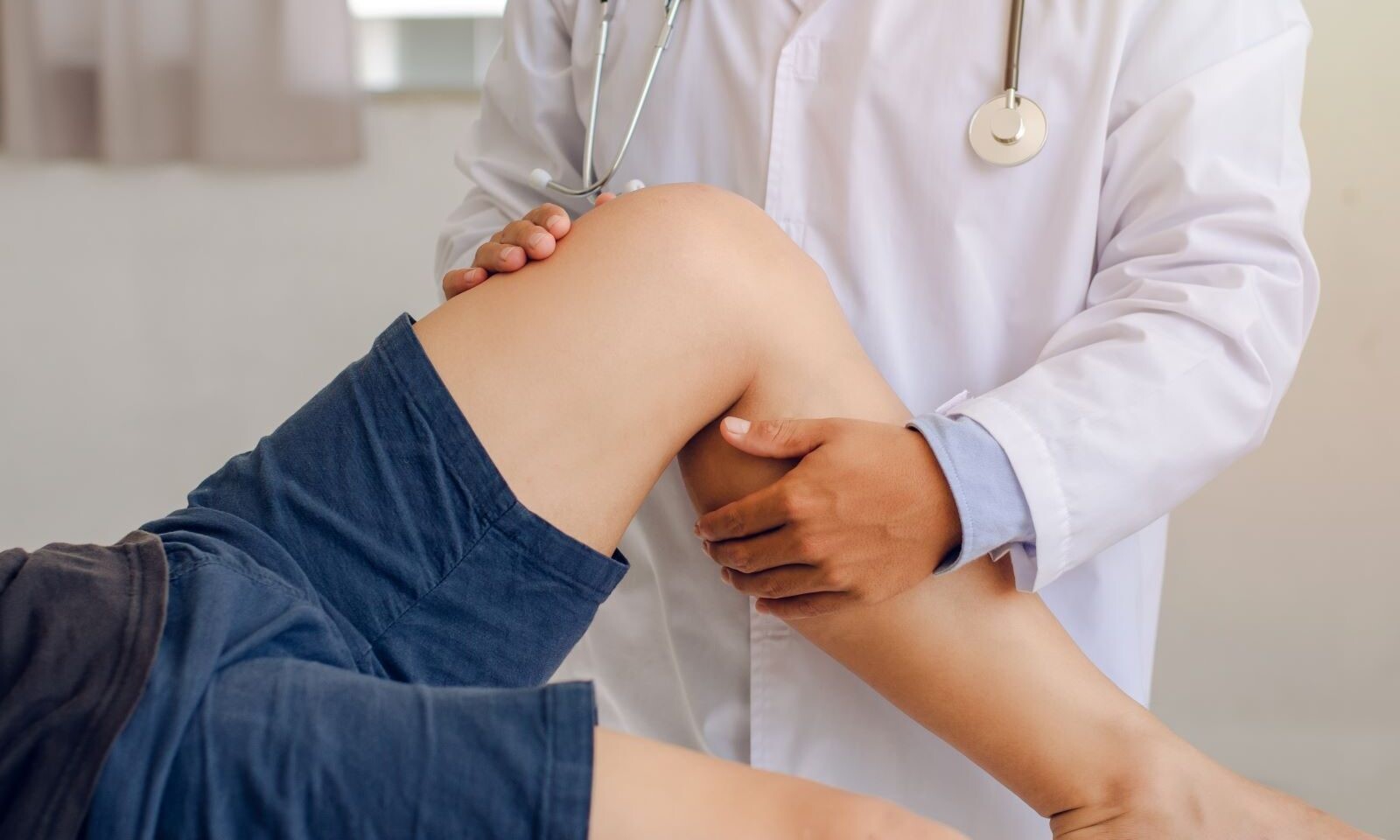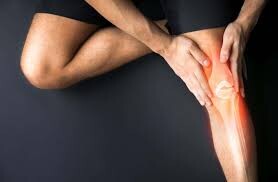Running News Daily
Running News Daily is edited by Bob Anderson. Send your news items to bob@mybestruns.com Advertising opportunities available. Train the Kenyan Way at KATA Kenya and Portugal owned and operated by Bob Anderson. Be sure to catch our movie A Long Run the movie KATA Running Camps and KATA Potato Farms - 31 now open in Kenya! https://kata.ke/
Index to Daily Posts · Sign Up For Updates · Run The World Feed
Ways To Rehabilitate A Knee Without Surgery
One in four adults in the US suffers from chronic knee pain. For some, knee discomfort might be nothing more than a minor annoyance. However, for most people experiencing knee injuries, their condition can come with debilitating pain and have a profound impact on their professional life and sports performance.
In this case, knee surgery might seem inevitable. Luckily, there are other non-surgical, less invasive options to ease the pain and rehabilitate your knee. Here’s what you need to know!
Corticosteroid Injections

Knee pain – or runner’s knee – is one of the most common running injuries you should be aware of. In most cases, athletes and amateur runners will use a mix of compression, ice packs, and over-the-counter pain medications such as ibuprofen to treat their condition.
However, if these remedies are not as effective as expected, you might opt for cortisone injections. These injections can efficiently ease flare-ups, reduce pain, and treat inflammation. However, given the side effects involved (i.e.: articular cartilage damage) you should always use injections with caution and work with a specialized medical professional.

PRP Therapy
If you are looking for an efficient knee treatment without surgery, platelet-rich plasma (PRP) injections might be an option to consider. These injections use concentrated PRP, which is extracted through the centrifugation of your blood to separate the plasma from white and red blood cells. Injected into the affected area, the plasma will promote growth factors and speed up the healing process.
Stem Cell Transplantation
Thanks to advances in regenerative medicine, you now also have the option to use stem cell transplantation therapies to treat your knee pain. This treatment involves harvesting stem cells from other, healthy parts of your body. The cells are then re-injected in the affected area (i.e.: your knee area) to speed up the body’s regenerative mechanisms, reduce inflammation, and repair any tissue that might have been damaged.
Physical Therapy
According to estimations, 40% of all running injuries are related to the knee area, and as much as 22.7% of the general population suffers from what’s known as patellofemoral pain syndrome – or, more commonly, “runner’s knee”.
Although incredibly widespread, this condition affects each person differently, and the first step toward recovery should always be to work with an experienced physical therapist.
Nutraceuticals and Knee Supplements
If you are looking for a natural, non-surgical, and non-invasive option to treat your knee pain, nutraceuticals might help. These dietary or herbal knee supplements leverage the health benefits of naturally-found chemicals and substances such as glucosamine and chondroitin.
Although some athletes have reported improvements thanks to nutraceuticals, don’t forget that some of these substances might not be regulated by the FDA and have side effects.
Joint Fluid Therapy
Joint fluid therapy, or viscosupplementation – refers to a type of non-invasive treatment that uses injections of a natural gel-like fluid. This fluid aims to protect your knee by improving the quality and quantity of the joint fluid. In turn, this will cushion and lubricate the knee, thus reducing pain and discomfort during movements.
Knee Braces
Knee braces might be a valid option to temporarily reduce knee pain and alleviate the weight on the joints. Although off-loading braces can be efficient, you should always opt for custom-made alternatives rather than generic splints, which can be costly.
Lifestyle Modifications
Studies conducted in 2016 on the link between knee pain and obesity have shown that nearly 20% of those overweight are affected by knee pain, against only 3.7% of those with a healthy weight.
Modifying your lifestyle and working with a specialized nutritionist can help you alleviate the load on your knees, thus making it easier for your joints to heal damaged tissue and reduce inflammation.
The R.I.C.E. Method
The R.I.C.E. method – which stands for rest, ice, compression, and elevation – is an at-home technique that can help you rehabilitate your knee naturally if you have been suffering from pain and discomfort. This method is more effective when combined with other treatments and plenty of rest.
Work With a Knee Health Professional
A knee injury can have a devastating effect on multiple aspects of your life. Because of this, you should always start your rehabilitation journey by consulting an experienced professional. A specialist will also be able to inform you about new non-surgical therapies, such as IV therapy, electroanalgesia, and lifestyle counseling.
by Colorado Runner
Login to leave a comment




